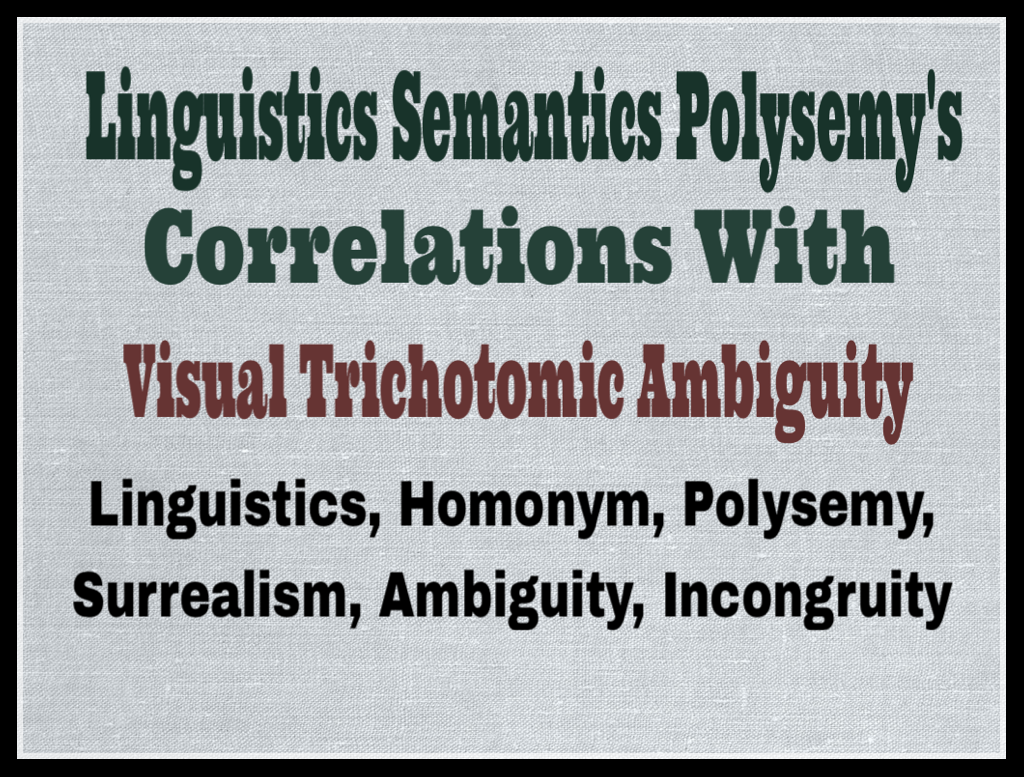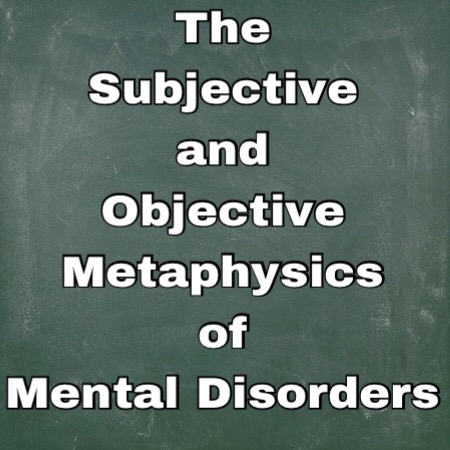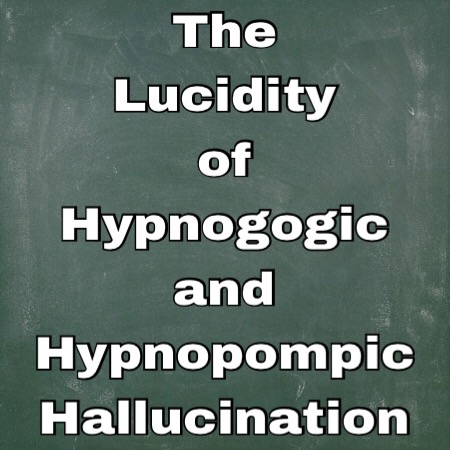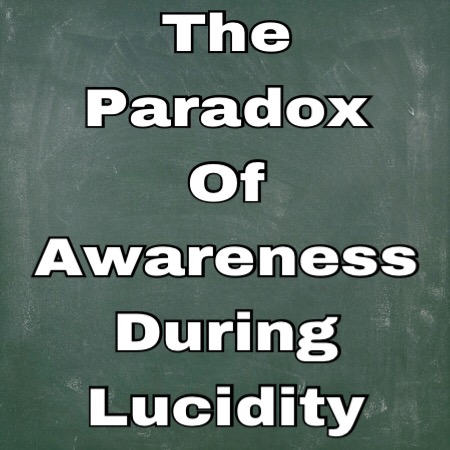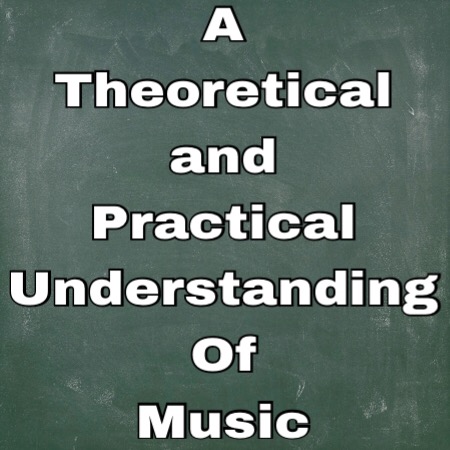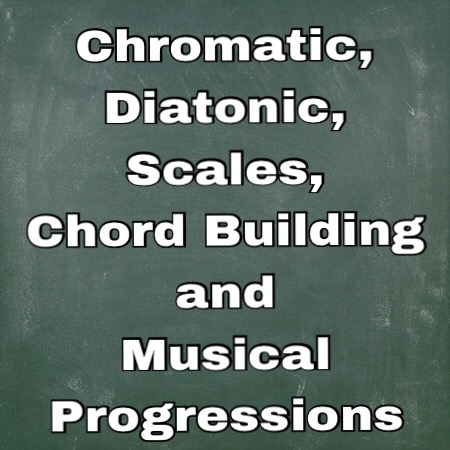7: The Economic Correlation Between Advertisement, Marketing And Commodity
The Economic Correlation Between Advertisement, Marketing And Commodity
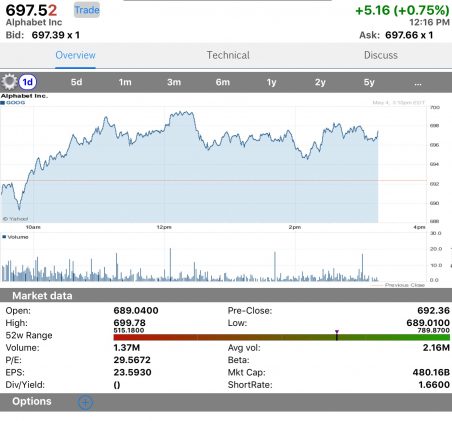
When you evaluate the top five largest private companies and state owned enterprises with the highest annual revenues, you see a correlation between advertisement, marketing and commodity; it supersedes in value over manufactured or refined product based companies. Google’s market capitalization parallels state owned enterprises value that provides raw material, agriculture, minerals and other commodities. Anecdotal as it seems, economic inferences show that Google is the equatable value of a commodity.
There’s a disparity between private companies with the largest revenues and their faltering market capitalization, their high capital expenditure and low net income or profit can account for this imbalance; athough revenue don’t determine a company’s value and vice versa. While evaluating the largest revenue behemoths I saw a disparity between products and company’s value, and a correlation between advertising, marketing and commodity.
Walmart is a global retailer, their annual revenues were $476 billion in 2013, $485 billion in 2014, and $482 billion in 2015 fiscal year; I’m excluding net income because this is centered around total revenues only. Their business is segmented into different categories; 56% Grocery, 11% Health and Wellness, 9% Entertainment, 9% Hardlines, 8% Apparel, 7% Home. With over 6,000 stores worldwide; 90% of those are retailers and below 10% are wholesale stores. Walmart ticker, (WMT) listed on the (NYSE) currently trades at $67.21 per share, with a market capitalization of $209 billion..
Sinopec is one of the largest energy and chemical companies; it exports and imports oil, gas and other commodities. $442 billion in 2013, $480 billion in 2014, $471 billion in 2015. China Petroleum & Chemical Corp, (SNP) listed on the (NYSE), currently trades at $66.69 per share with a market capitalization of over $80 billion.
China National Petroleum Corporation, (CNPC), is China’s largest energy company, it’s the parent company of subsidiary PetroChina; although (CNPC), is government owned with a revenue of over $428 billion, I’d like to evaluate PetroChina. It’s a publicly traded company (PTR), listed on the (NYSE). Trades at $70 per share with a market capitalization of over $129 billion.
Saudi Aramco is a Saudi Arabian state owned enterprise that develops and operates the largest crude oil worldwide, with a revenue of over $338 billion, and an overall value exceeding a trillion dollars. Although it’s not a publicly traded company it’s an exception to the rule, in terms of the supply and demand of commodity, making it a necessity.
State Grid Electricity Utility is China’s state owned enterprise that distributes electric power throughout China; revenue of over $$333 billion. The energy components of electricity have commodity characteristics; it’s traded globally and a quantifiable necessity. Google’s market value parity with commodity based enterprises and private corporations; whereas high revenue product based companies value are minuscule in comparison.
Google has two distinct forms of paid advertisement; Adword Search Network and Display Network. The former is centered around keyword intent where advertisers bid on keywords to appear in the (SERP) of a prospective consumers search query; the latter is imposed during research mode. Meaning, you’re minding your own business researching and perusing websites and the ads popups, unrelated to your intention; this method enhances visibility and gains attention to a product or service..
Google’s primary advertising program is Adword, it’s an auction based platform where bidding determines an advertisers Search Engine Result Page (SERP); these ads appear on a conglomeration of websites Google aggregated in their network. Adsense is the advertising program where the relevant ads are placed when publishers allow ads to run on their website, for a fraction of Google’s profit.
90% of Google’s revenue derives from advertisement, and that accounts for over 65 billion in revenue for fiscal year 2015. Their net income or profit exceeds 15 billion; 46% accumulated in the United States; 9% from the UK, and 43% from across the world. There’s a myriad of variables that inflate and impede their annual revenue; such as foreign-exchange, competition, capital expenditure, acquisitions and mergers.
Google also paid substantial amount in royalties to prominent browsers like Firefox and others for default search engine preference; any platforms that presents, retrieves and transverse information is ideal for advertising and marketing. Google also monopolizes popular websites in their network to run ads for a fraction of the revenue.
Google also acquired android, the open source mobile operating system that dominates over 80% of the mobile market. They licensed the open source system to phone manufactures with pre installed programs such as; Chrome, their browser that’s already dominating over 40% of the search market, and other propriety apps. This allows them to monopolize the global market with apportioned advertising.
Google’s estimated value is 500 billion, a multinational conglomeration that acquired over 180 disparate companies, and as the company expands, advertising and marketing is at the core of their business. And although Apple, Microsoft and Facebook revenues derive from different areas; such as software and manufactured product, a fraction of their revenue is contingent on advertisement and marketing.

INTRODUCTION TO (LOSE-T) THE EVOLUTION OF (LOSE-T) | THE HISTORY OF (LOSE-T) PHENOMENOLOGY (LOSE-T) |

Introduction To (LOSE-T) Search Query Disambiguation (SQD)
(1) (SEO), (SERP), (NLP), Derivational & Inflectional Morphology
(2) (SEO), (SERP), (NLP), Metaphor, Analogy, Metonym
(3) (SEO), (SERP), (NLP), Polysemy, Capitonym, Monosemy
(4) (SEO), (SERP), Homonym, Homophones, Homograph
(5) (SEO), (SERP), Segmental & Suprasegmental Phonology
(6) (SEO), (SERP), Paronym, Hyponym, Meronym, Hypernym
(7) (SEO), (SERP), Onomatopoeia, Denotation and Connotation
(8) (SEO), (SERP), Heteronym, Heterograph, Orthographic Units
(9) (SEO), (SERP), (NLP), Cuneiform, Pictographs, Ideographs
(10) (SEO), (SERP), Logographs, Hieroglyphics, Phonographs
(11) (SEO), (SERP), Abbreviations, Acronyms-Hybrids, Initialisms
(12) (SEO) (SERP) Anthropomorphic, Personification, Typography
(13) (SEO), (SERP) Holonyms, Synonyms, Antonyms, Taxonomy
(14) (SEO), (SERP) Prefix, Suffix, Affix, Infix, Circumfix, Morpheme
(15) (SEO), (LOSE-T) Taxonomic Framework To Encode (NLP)
(16) (SEO), (SERP) Absolute, Comparative, Superlative Adjectives
(17) (SEO), (SERP) Redshift, Doppler, Special & General Relativity
(18) (SEO), Possessive, Demonstrative, Indefinite Adjectives
(19) (SEO), (NLP), Proper Nouns, Common Nouns, Capitonymic
(20) (SEO), (NLP), Modulation, Cadence, Intonation, Inflection
(21) (SEO), (NLP), Terminology, Jargon, Verbosity, Slang/Ebonics
(22) (SEO), (NLP) Phonemes, Graphemes, Morphemes, Digraphs
(23) (SEO), (NLP), Autocomplete, Spelling Correction Predictions
(24) (SEO), (NLP), Algorithmic Paradoxes, Equilibriums, Axioms
(25) (SEO), (NLP), Chromatics, Diatonics, Logarithmics, Octaves
(26) (SEO), (NLP), Anaphora, Cataphora, Antecedent, Postcedent
(27) (SEO), (NLP), Hegelians Dialect; Thesis, Antithesis, Synthesis


(1) Fundamental vs Technical Analysis in The Stock-Market
(2) Predicting The Stock Market Using Dispersed Variables..
(3) (SEO), (SMO), (SERP), And Google Algorithms..
(4) ICANN), (gTLD), Domain Registras & Cyber-Squatting..
(5) Domain Names (gTLD), Effect On (SEO), Stock-Market..
(6) 10-K, 10-Q, Annual Reports And Google Revenue..
(7) (ICANN), (UDRP), Domain Trademark And Cybersquatting..
(8) Economic Correlation/Advertisement, Marketing & Commodity!

(1) Three Dimensional Paradoxes In Spatial Schemata
(2) Vibrating Molecules and Elliptical Bubbles
(3) Musical Octaves and Wave-Particle Duality
(4) Smells Velocity Induces Memory Faculty
(5) The Paradox of Light and Sound Induces Synesthesia
(6) The Trichotomy Between Amplitude, Frequency and Velocity
(7) Black Is An Electromagnetic-Radiation (EM) Paradox
(8) Quantum Field Theory, Nash Equilibrium & Social Science
(9) Quantum Electrodynamics, Intramolecular, Intermolecular
(10) The Fibonacci Sequence & Coriolis Effect; Music & Motion

(1) The Emotional Dichotomy in Humor
(2) Neuro-Behavioral Disorder Adaptation
(3) Why Comedians Don’t Laugh At Open Mics
(4) Economic Psychology and Humor Aberration
(5) The Philosophy And Psychology Behind Fozzie Bear Humor
(6) Women Comics! A Sociobiological and Economical Analysis
(7) The Trichotomy Between Instinct, Intuition and Improvisation
(8) Synasthesia, Psychophysics, Linguistics and Humor!


| Synchronicity, Serendipity, Irony, Coincidences | ||

(1) Ecological Factors and Physiological Attributes
(2) The Psychology of Politics Equatable Rhetorics
(3) Psychophysics, Polyrhythm, Arrangement and Composition
(4) Smells Velocity Induces Memory Faculty
(5) Cognitive Impairment/Weather Conditions/Placebo Effect
(6) The Social Equilibrium of Spirituality vs Superficiality
(7) Quantum Entanglement, Chameleon Effect and Coincidences
(8) Synthesis Deriving From A Medical Antithesis
(9) The Power of Analogy, A Peculiar Mnemonics
(10) A Metaphor In Physics To Induce Organic Sleep
(11) Karma The Spiritual Undertone In Cause and Effect
(12) Distinctions Between Verbal Irony and Verbal Sarcasm
(13) School District Negligence, A Butterfly a Effect Analogy
(14) Dogs Defecating Alignment With The Earths Magnetic Field
(15) Fundamental vs Technical Analysis in The Stock-Market
(16) A Conglomeration of Political Discrepancy
Share your views and opinion, please leave a comment below Written By: Atelston Fitzgerald Holder 1st
SCIENTIST | ACADEMIC WRITER | LECTURER
The Harlem Times Politics | Business | Economics | Entertainment
Ask A Newyorker Science | Economics | Business | Politics
News Blaze World News | Science | Business | Technology
Performance Artist: www.youtube.com/mrpregnant
Musical Composer: www.youtube.com/mrpregnantmusic
Feel free to contact me at: mrpregnant@aol.com
Copyright 2016
Latest posts by Atelston Fitzgerald Holder 1st (see all)
- A SCIENTIFIC ANALYSIS OF THE SACRED-GEOMETRIC NATURE OF SUPERHERO ANATOMY! - September 5, 2023
- A Mirrored Reflection Of The Tainted Human Expression - September 15, 2021
- The God Universe Non-Dualistic Dichotomy - September 12, 2021
- Consultation - April 30, 2019
- The Philosophy Of Obsessive Compulsive Disorder (OCD), Bipolar I Manic, Lysergic Acid, Psilocybin & Sensory Modalities - January 31, 2018























